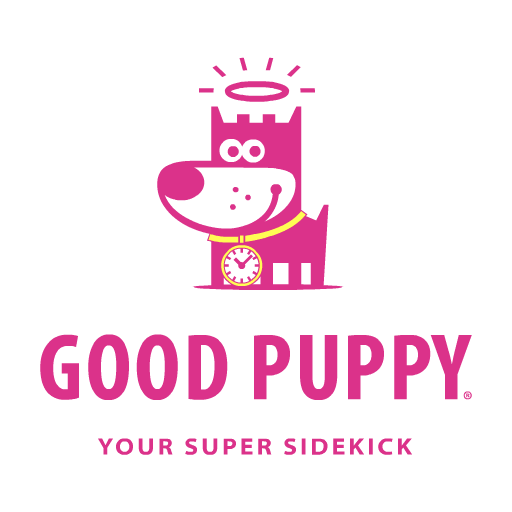Looking For An Easy And Effective Way To Improve Child Behavior? Because, You Found It!
Designed for ages 3 to 9, this child cognitive behavioral system improves child behavior by replacing family or classroom dynamics with a simple game children love. The system sets healthy boundaries, gives children the attention they need, corrects communication, helps develop a sense of responsibility, reduces anxieties, grows confidence and self-esteem; and it does it all through play. Here are the three main tools to implement the system:
Read More








What Does It Take To Do A Good Parenting Job?
Just like any job, raising children comes with a list of requirements. These requirements allow for a positive parenting experience, beneficial to everyone. But while anyone may muster up some of these traits, it is mastering them that will turn them into parenting super powers.